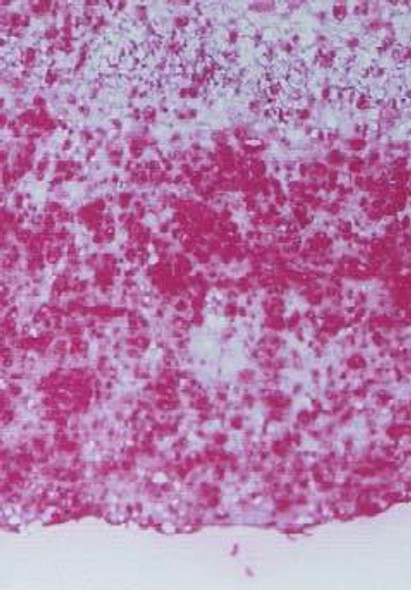Description
HEL may be a useful biomarker for initial stage of lipid peroxidation.Monoclonal antibodies. This HEL ELISA kit can be applied to urine, serum and cultured cells form human and animal.
Supplementary: Competitive
Applicable Sample: Urine, Serum, Culture Supernatant
Other: Oxidative damage of lipids caused by reactive oxygen species (ROS) play an important role in some diseases, lesion of cell functions and aging. Aldehydessuch as malondi-aldehyde (MDA) and 4-hydroxy-2-nonenal (4-HNE) have been reported as one of the advanced lipid peroxidation products. But recently in the earlier stage of lipid peroxidation, 13-hydroperoxyoctadecanoic acid (13-HPODE) is found to be covalently bound to proteins1). Hexanoyl-Lysine adduct (HEL) is a novel lipid hydroperoxide-modified lysine residues. HEL is formed by oxidative modification by oxidized omega-6 fatty acids such as linoleic acid or arachidonic acid. HEL may be a useful biomarker for initial stage of lipid peroxidation.Monoclonal antibodies and ELISA kit have been developped, and HEL can be detected in oxidatively modified LDL, in human atherosclerotic lesions, human urine and serum. It is also reported that HELis formed in rat muscle during exercise, and the formation is prohibited by antioxidants such as flavonoids.
View AllClose
Applicable Sample: Urine, Serum, Culture Supernatant
Other: Oxidative damage of lipids caused by reactive oxygen species (ROS) play an important role in some diseases, lesion of cell functions and aging. Aldehydessuch as malondi-aldehyde (MDA) and 4-hydroxy-2-nonenal (4-HNE) have been reported as one of the advanced lipid peroxidation products. But recently in the earlier stage of lipid peroxidation, 13-hydroperoxyoctadecanoic acid (13-HPODE) is found to be covalently bound to proteins1). Hexanoyl-Lysine adduct (HEL) is a novel lipid hydroperoxide-modified lysine residues. HEL is formed by oxidative modification by oxidized omega-6 fatty acids such as linoleic acid or arachidonic acid. HEL may be a useful biomarker for initial stage of lipid peroxidation.Monoclonal antibodies and ELISA kit have been developped, and HEL can be detected in oxidatively modified LDL, in human atherosclerotic lesions, human urine and serum. It is also reported that HELis formed in rat muscle during exercise, and the formation is prohibited by antioxidants such as flavonoids.






